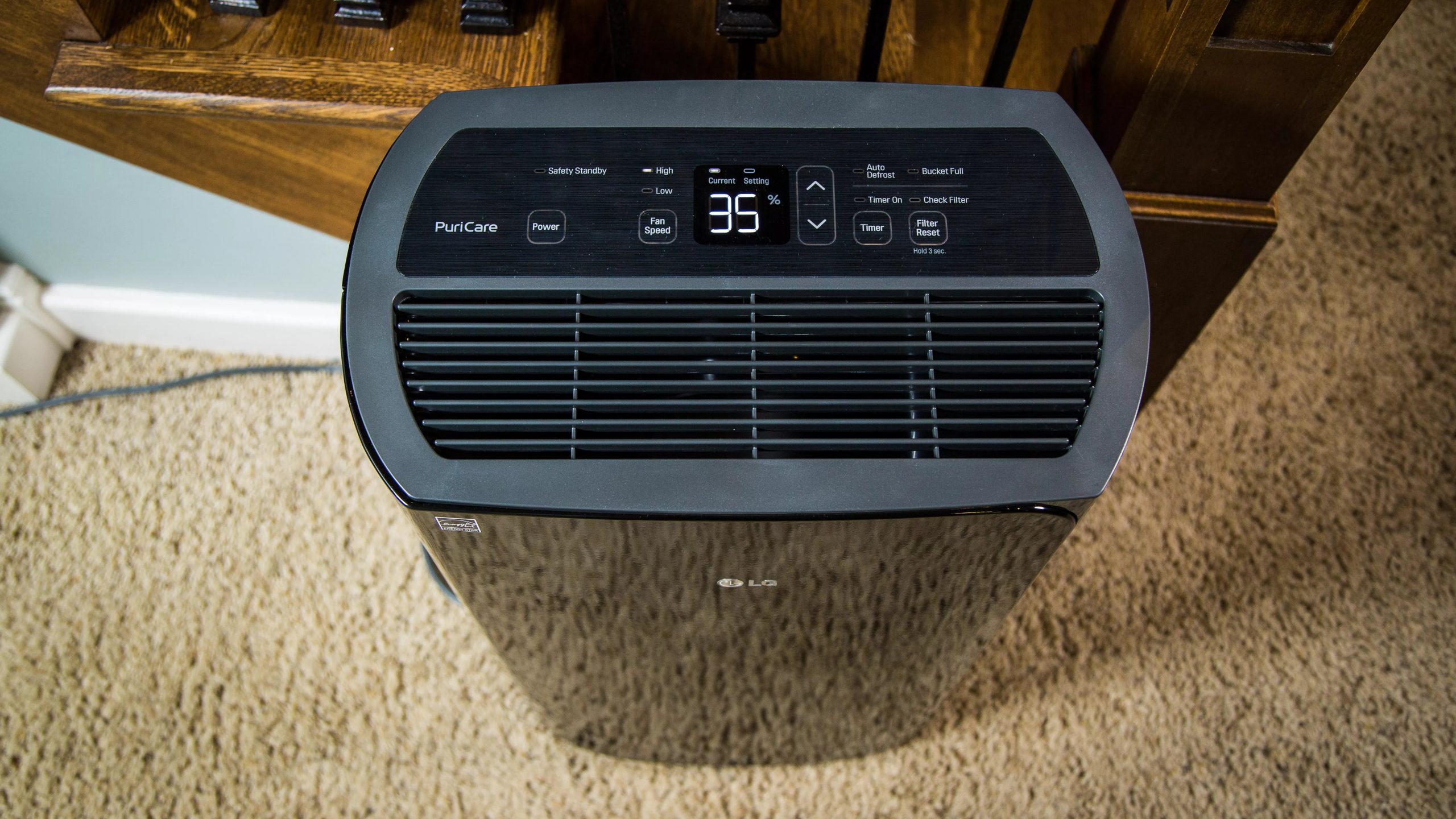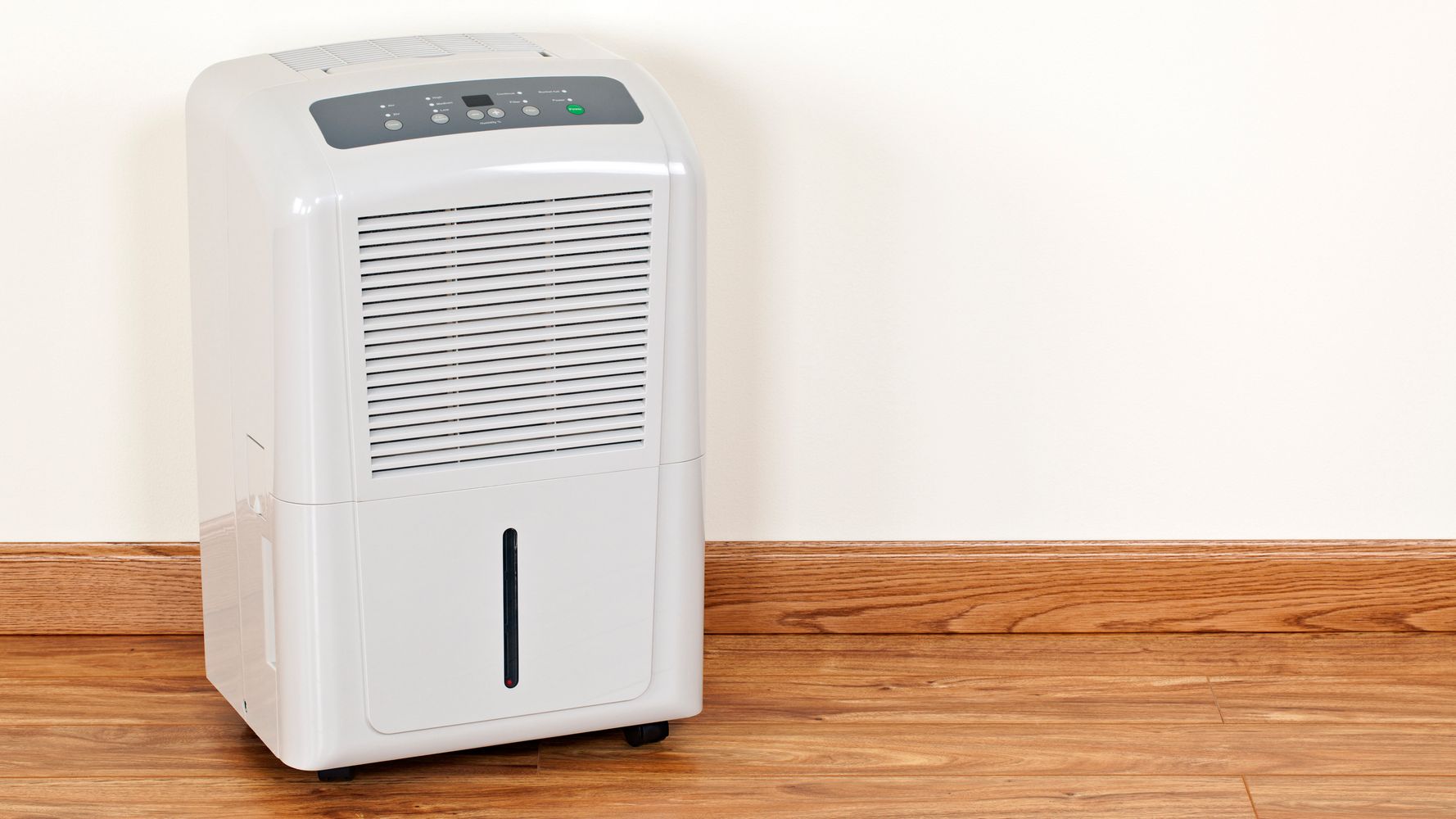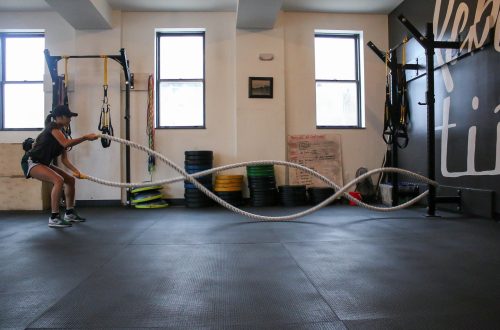
Most Popular Causes Of Basement Moisture
Acquired a moist cellar? Cellar moisture is not really an unusual problem. Actually, basements are notoriously darkish and humid places. Yet nevertheless frequent it could be, moisture inside your cellar could be bad news.
Regrettably, for homeowners, a little bit of humidity can turn into a big difficulty. From structural harm to toxic mold which is dangerous for your wellness, basement humidity can cause main problems for your home. Sometimes even the best dehumidifier for basement will not help you if you have an improper house design.
So what exactly are the sources of home moisture? And more importantly, what else could you do to remedy it?
Let’s begin at the beginning. First of all, how do you know if you have humidity inside your home? It is important to have the ability to identify warning signs or symptoms.
The signs of cellar moisture may not be as apparent as a puddle of water on the ground. In fact, there are numerous ways that moisture can provide itself in your cellar. Here’s a quick checklist of a few things to look for:
- Water Trickling From the Wall surfaces
- Saturated Base of Concrete Wall space (a diamond ring of dampness)
- Condensation in the Wall surfaces and Floor
- Discolored or Blistering Walls
- Damp, Humid Atmosphere
- Standing up Water on the ground
- Deteriorating Carpeting or Timber
- Rotting Columns, Headers, and Joists
- Odour of Mold or Mildew
If you see any one of these indications, you might be experiencing humidity inside your cellar. Now that you know there is humidity, let’s discover where it is originating from.
BASEMENT MOISTURE TYPICALLY Arises From Certainly One Of 3 SOURCES

Rainwater or Groundwater
To put it simply, this really is outside drinking water which makes its way inside of. As low as 1 inch of rainfall will bring 1,250 gallons of water pouring down onto a 2,000 sq. ft. house. Without the proper grading, downspouts, and gutters, that water might find its way into your home.
Internal Humidity Options
Sometimes this type of water inside our basements began or was made there. Such sources may include dryers, showers, humidifiers and cooking food and even the dampness from newly built concrete.
Air-flow with Humid, Outside Atmosphere
In warmer climate, we often open up our basement house windows to help ventilate the room. However, whenever we permit humid, outside air flow into our awesome basements, it can condense in the walls and flooring surfaces.
Now that we understand the possible causes of water, we could figure out the main cause of the dampness, and ultimately what to do to fix the problem. Check out our listing of:
6 Frequent Factors Behind Home Dampness And Ways To Resolve THEM
#1. An Inside Water Leak
This may appear like a no-brainer, however, you in the event you always check for inside leakages first when trying to recognize the main cause of moisture inside your cellar.
A drinking water leak may come from many locations: a shower, a kitchen sink, a bathroom, a washing machine, a dishwashing machine, a bad tube, just to name a few.
Sometimes, when the humidity in your cellar is found on the ceiling or walls beneath a bathroom or kitchen, an interior water leak is always to pin the blame on. Locate in which the moisture is found and determine whether some thing because region is seeping.
The best way to Remedy It: An inside drip is usually one of the least complicated difficulties to solve. Just restoration the leak (or use a local plumber care for it for you) and with any good fortune, that was the reason for the dampness, and it will be gone for good.
#2. Unsuccessful Grading
Rain or groundwater often can make its way into basements as a result of poor grading. The floor around your base should slope away from the home, not towards it. If emptying inside the incorrect course, drinking water will collect against your base and eventually make its way inside.
This often happens when fill up dirt around your basis isn’t properly compacted. Because the grime settles, the slope changes and drinking water moves toward your property rather than from it.
How you can Correct It: Build up the debris around your basis, creating a slope seeking away from the residence. This ought to be a minimum of one inch per feet, for about 6 toes.
#3. Lacking or Defective Gutters and Downspouts
The goal of gutters and downspouts is always to direct rainwater out of the base of your home. If those gutters and downspouts are missing, or otherwise functioning properly, rainwater is usually directed towards your basis.
As normal water drains toward your house, it can build up within the garden soil around it. If drinking water builds up around your base, chances are, it will make its way within to your home.
How you can Fix It: Consider adding gutters if you will find none already in place. At least 1 downspout ought to be placed per every 50 ft. of roof eave. Extenders ought to be put on all downspouts, dispersing drinking water at least 4 ft. out of the foundation. Current gutters needs to be washed regularly to make sure they may be working properly.
#4. Holes within your Base
In case you have breaks inside your base, you can be sure that normal water will discover them and make its way into your cellar. In reality, occasionally this type of water is even the reason for the holes themselves.
If flooring joists usually are not correctly linked to the basis walls, it could enable the walls to maneuver, and in turn cracks are established. Water can certainly result in cracks inside the basis as well because of bad water flow in the earth.
If water is not guided away from your foundation, and builds up against the basis walls, and this strain (hydrostatic strain) can push this type of water to the walls, creating breaks. No matter how the cracks established, should they can be found, water can enter your basement through them.
The Best Way To Correct It: Based on the reason behind the breaks, your alternatives will be different. If hydrostatic pressure (due to normal water gathering around the basis) is the main cause of the breaks, fixing your exterior drainage should help to solve the problem.
The cracks will still need to be repaired, but the trigger needs to have been repaired. If structural problems brought on the holes, appropriate footing and contacts (straps or anchor bolts) needs to be put into location to close off the gaps. Just click here to learn more about ways to fix breaks in your basis .
#5. Inadequate (or Lacking) Drain Porcelain tile and Sump Pit
Several houses do not have a subsurface drainage program. Basements in older houses often had been not intended to be habitable areas, hence an under-the-flooring drainage program wasn’t essential.
More modern residences which do have a drainage program often experience problems with their method. This could vary from a clogged pipe, damaged connection, or even a broken sump pump motor.
How You Can Remedy It: Unfortunately, problems with your subsurface water flow program, or including one particular in which there wasn’t one, are a more serious undertaking than a few of the aforesaid solutions.
If you feel this is when your problem is, its best to call in the professionals. It involves digging up your floors and incorporating a deplete method, which leads to a pump that can expel any dampness.
Developing, or restoring a subsurface drainage system is a complicated process, best remaining to professionals with resources and knowledge to complete the job proper the very first time. Just click here to obtain assistance with your water flow issues.
#6. Condensation
Home condensation takes place when warm, damp atmosphere comes in contact with your cool home wall space and floor. Because the wall space cool the warm air, moisture is made, just like condensation on a cool dark beer over a very hot summer time day time.
You’re lucky in the event the humidity within your basement is arriving from condensation, rather than a leak or drainage issue, since these problems are usually much much easier and less expensive to resolve.
How You Can Fix It: There are a few ways to handle condensation within your basement. To begin with, look into the exhaust of your own dryer and deplete central air conditioning unit.
Ensure they are not blocked and they are running correctly. Both can cause a surprising level of moisture to get put into the air. Following consider one of the adhering to choices:
Home Exhaust Lover: For those who have a washroom or kitchen inside your basement, make sure you put in (and make use of) an exhaust lover. Steam from very hot showers and cooking produces plenty of dampness, than if trapped, can create condensation.
Be sure to make use of the exhaust lover anytime a shower is undertaken or perhaps the stove is used.
Boost Air Circulation: If you just have a minor quantity of condensation, boosting your air circulation could take care of the issue. If your home does not have air conditioning vents, consider adding some. It is typically a fairly effortless undertaking.
Make sure to continue to keep vents open to always keep atmosphere moving. If you don’t have AC, incorporating a fan, and operating it a couple of hours a day, will help disperse moisture. If your cellar is messy, eliminating a number of the trash will help atmosphere to flow a lot more freely too.
Insulate Your Home: Insulating the locations where condensation builds up can also help to get rid of humidity. Addressing those areas, like wall space, pipes, and ductwork, with insulating material, may help keep warm air from approaching in contact with the cool surface areas, hence avoiding condensation.

Dampness WARNING SIGNS
If you see signs of humidity in your cellar, usually do not hold out to do something about this. The more time the issue continues, the bigger and a lot more expensive the repairs will likely be. For additional tips or assistance with your wet cellar, get to out our company at Triad Basement Waterproofing.



